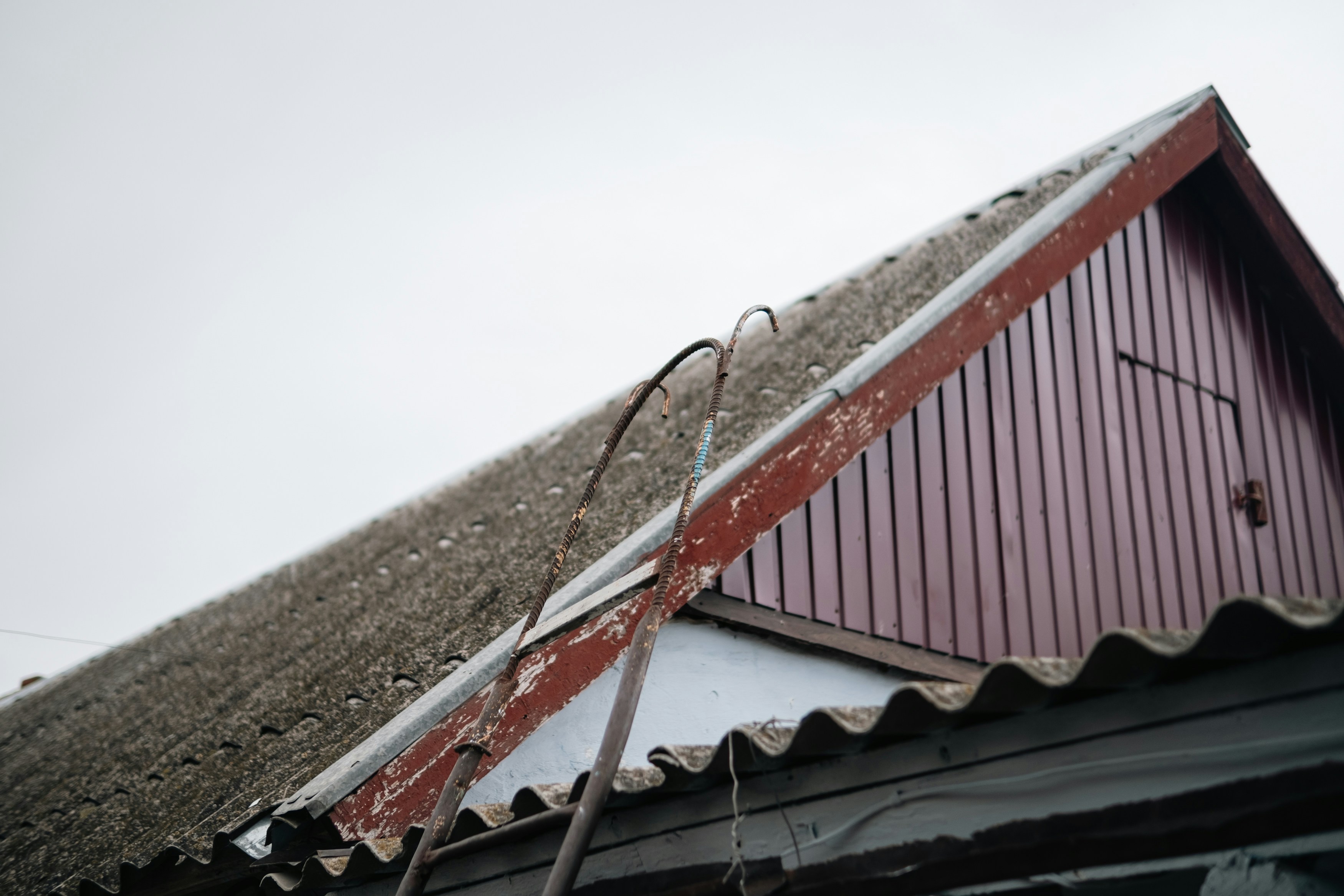Homeowners in Northwest Arkansas are reviewing storm-related roof damage after recent severe weather, prompting renewed attention on post-storm roof insurance coverage and timely repairs. Insurance experts note that understanding policy terms, documenting losses, and coordinating with both roofing professionals and claims adjusters can help homeowners maximize claims.
Inspect damage safely
Residents are often advised to check for structural issues from ground level. Missing shingles, leaks, or debris on the roof can signal underlying problems. A licensed roofing specialist can conduct a more thorough inspection without risking personal injury. They generally look for:
-
Cracked or dislodged tiles and shingles
-
Dents or punctures in metal components
-
Water stains or mold under roof decking
“We see many homeowners climb onto their roofs right after a storm, which can be dangerous,” said John Barrett, a local contractor. He added that waiting for a professional helps ensure an accurate assessment and avoids accidental falls.
Review policy details
Once the roof’s condition is evaluated, homeowners benefit from reviewing the terms of their insurance. Typical plans cover damage caused by hail, high winds, or falling branches, but some may exclude cosmetic impairments or have separate deductibles for storm-related events. Checking details such as coverage limits, significant exclusions, and any endorsements for specific weather hazards can clarify what to expect before filing a claim.
Gather clear evidence
Detailed, time-stamped photographs and notes on the extent of damage can strengthen a claim from the outset. Many insurers request:
-
Close-up images of affected sections
-
Wide shots showing how much of the roof is impacted
-
Documentation of water infiltration or interior staining
Organizing these materials in a digital folder ensures quick retrieval when communicating with the insurer. Insurance adjusters often rely on visual evidence to confirm a homeowner’s reported losses.
Coordinate with adjusters and roofers
After submitting the initial claim, an insurance representative will typically schedule a site visit. Homeowners who share all relevant documents and photos early can streamline the process. It is advisable to have a trusted roofing contractor present during the adjuster’s inspection. This helps:
-
Verify the extent of damage reported
-
Provide a second opinion on repair methods
-
Ensure adjustments reflect local labor and material costs
Local experts say this collaboration often leads to more accurate estimates and reduces follow-up disputes.
Track timelines and repairs
Post-storm claims sometimes involve multiple steps, from the initial estimate to possible re-inspections if disputes arise. Keeping a clear calendar of critical dates, such as response deadlines and repair completion targets, can prevent delays. Homeowners are encouraged to maintain meticulous records of communication with insurers, including emails, phone logs, and invoices.
Once an insurance settlement is approved, verified contractors should perform the necessary work and meet local building codes. Reputable businesses usually provide warranties and references that substantiate their quality of service.
Stay alert to future risks
Even the best repair job does not guarantee immunity from subsequent storms. Upgrading roofing materials, enhancing attic ventilation, or adding gutter protections can bolster resilience. By familiarizing themselves with preventive measures, homeowners may also qualify for premium discounts from certain insurers.
In Northwest Arkansas, where powerful storms can strike seasonally, careful planning can mean the difference between partial and comprehensive compensation. With thorough documentation, knowledge of coverage limits, and effective communication between all parties, residents stand a better chance of maximizing their post-storm roof insurance coverage and preserving the longevity of their homes.






